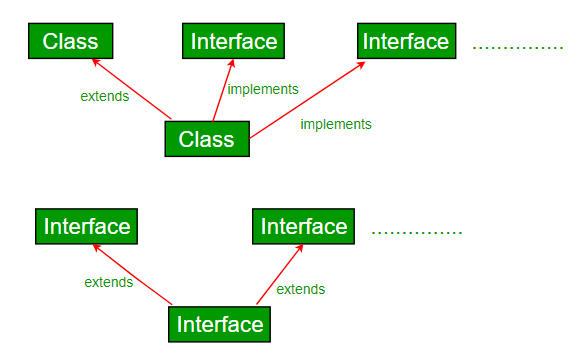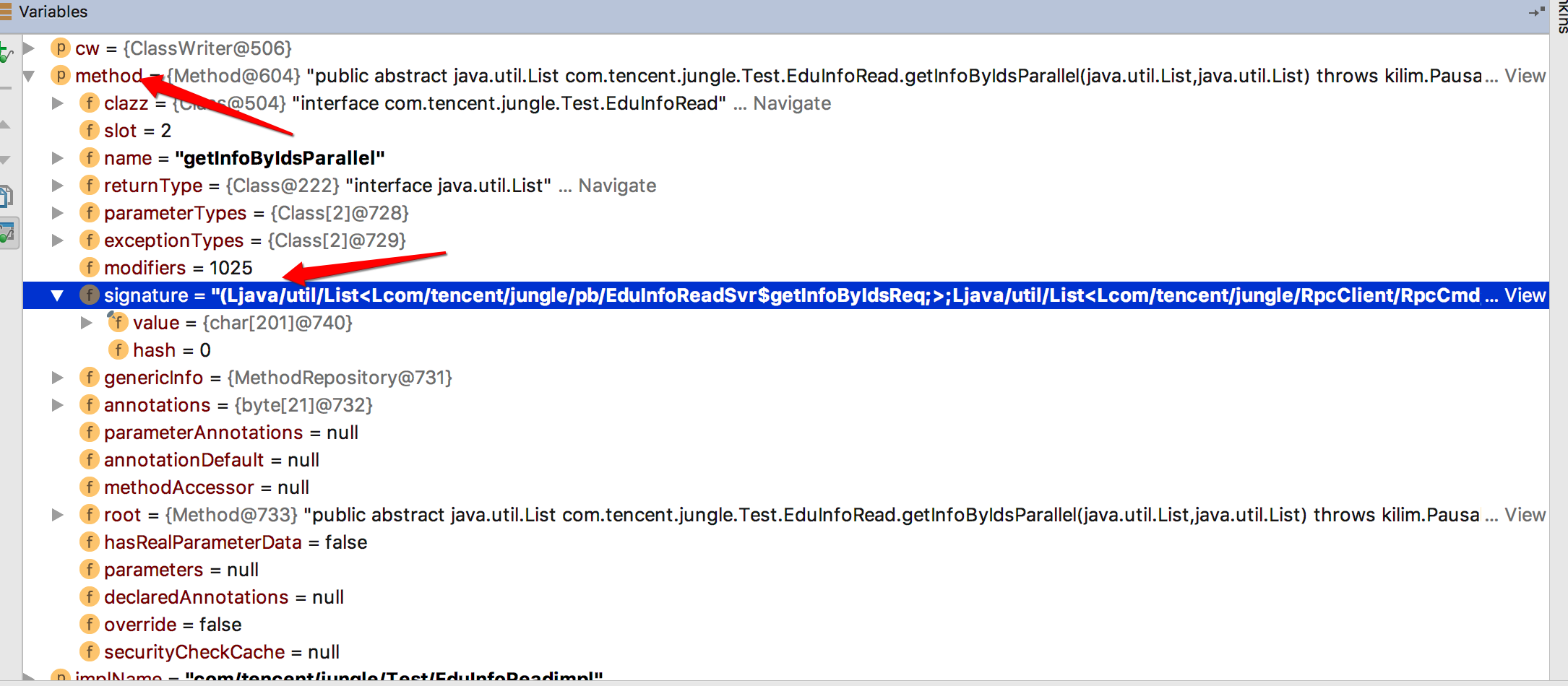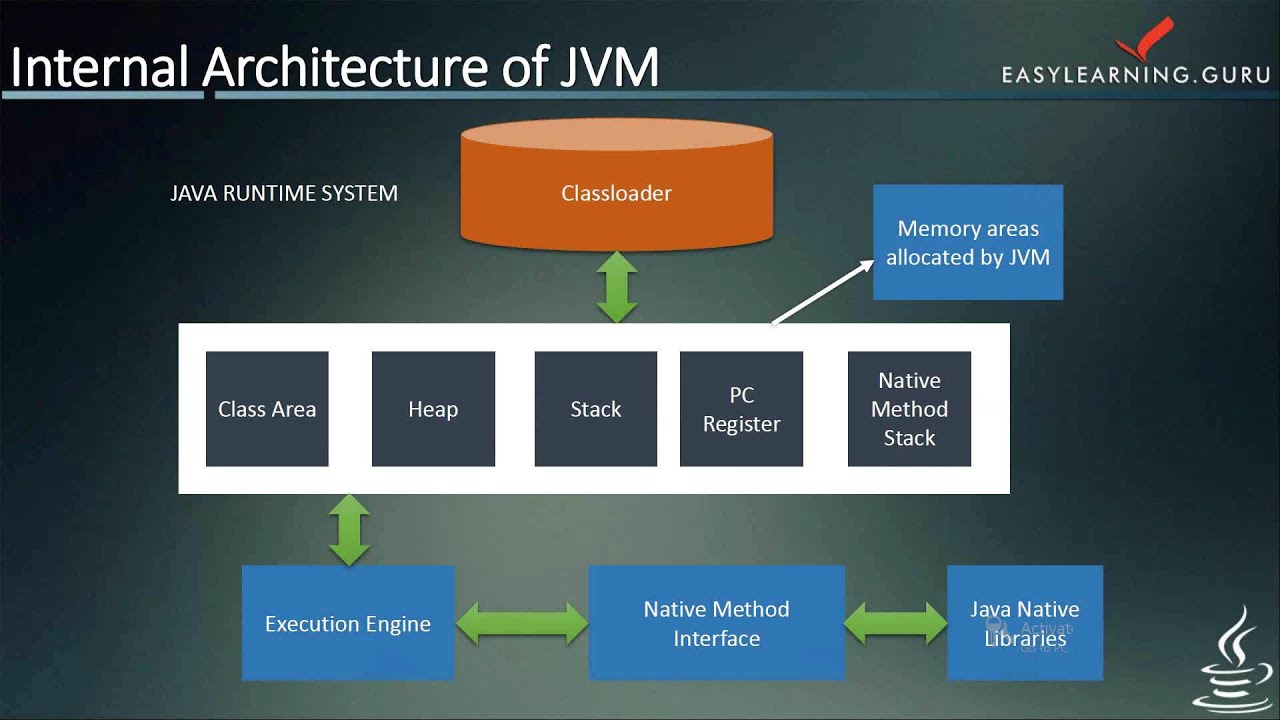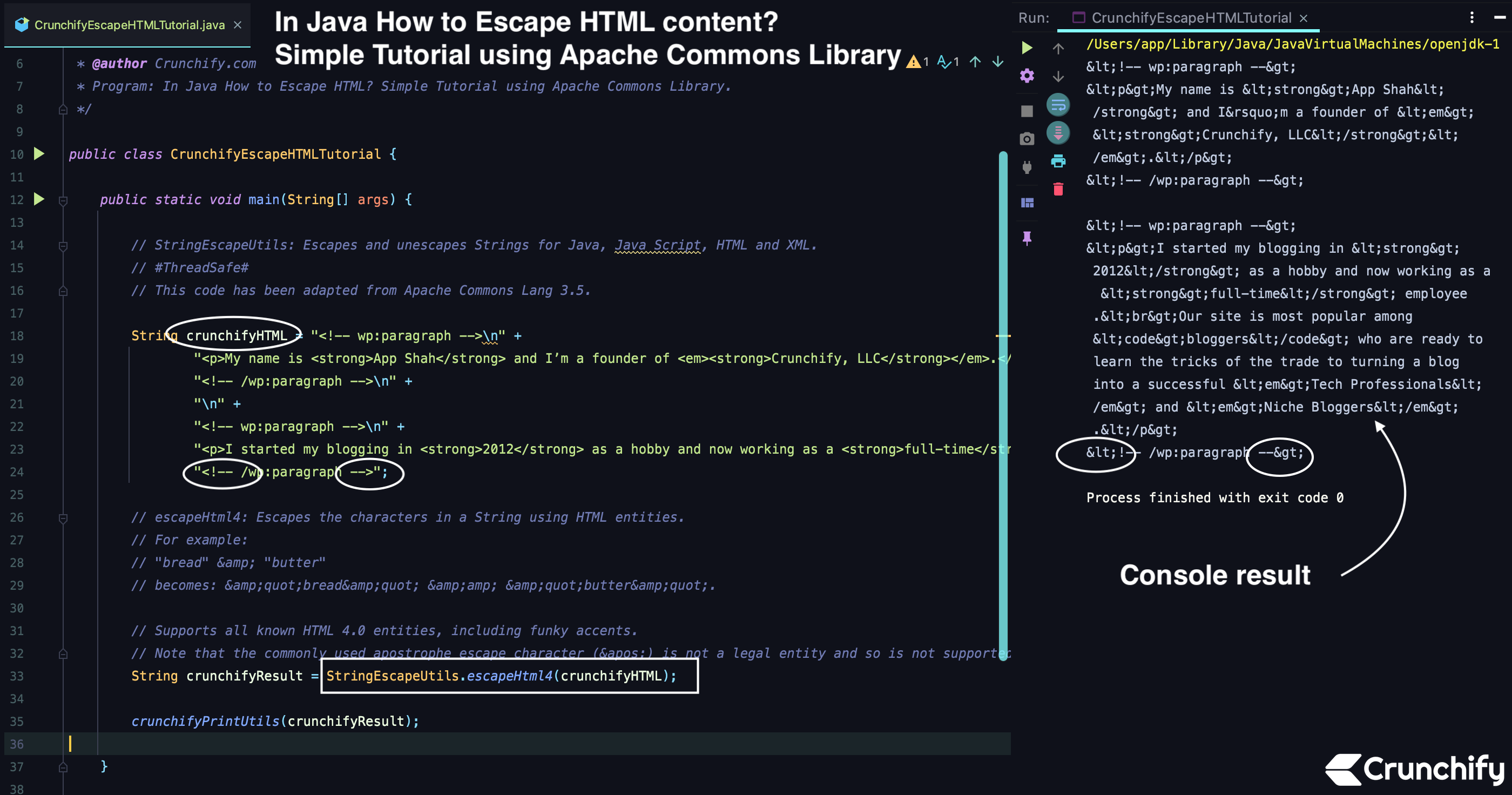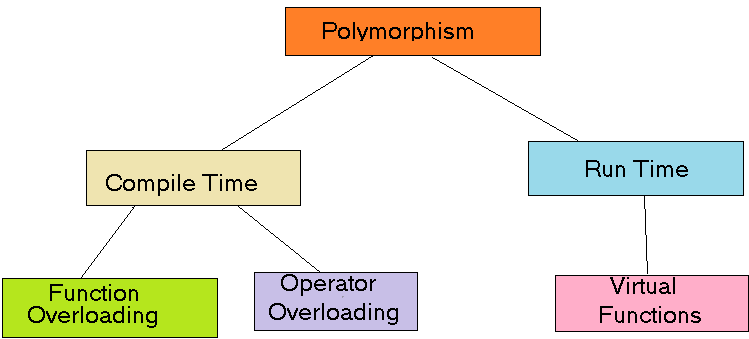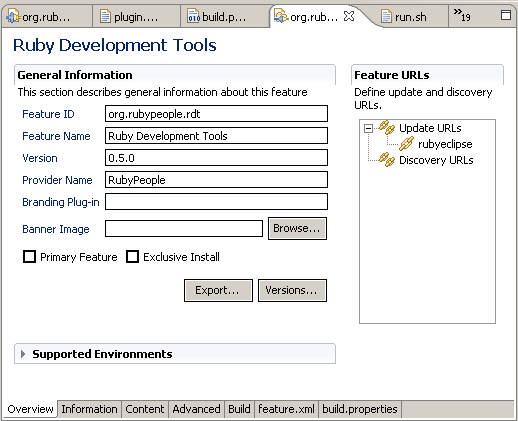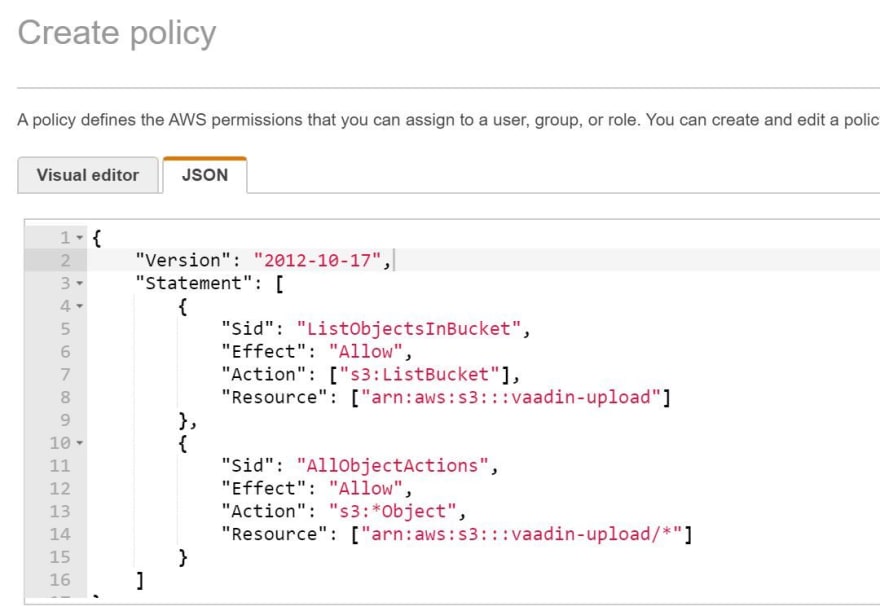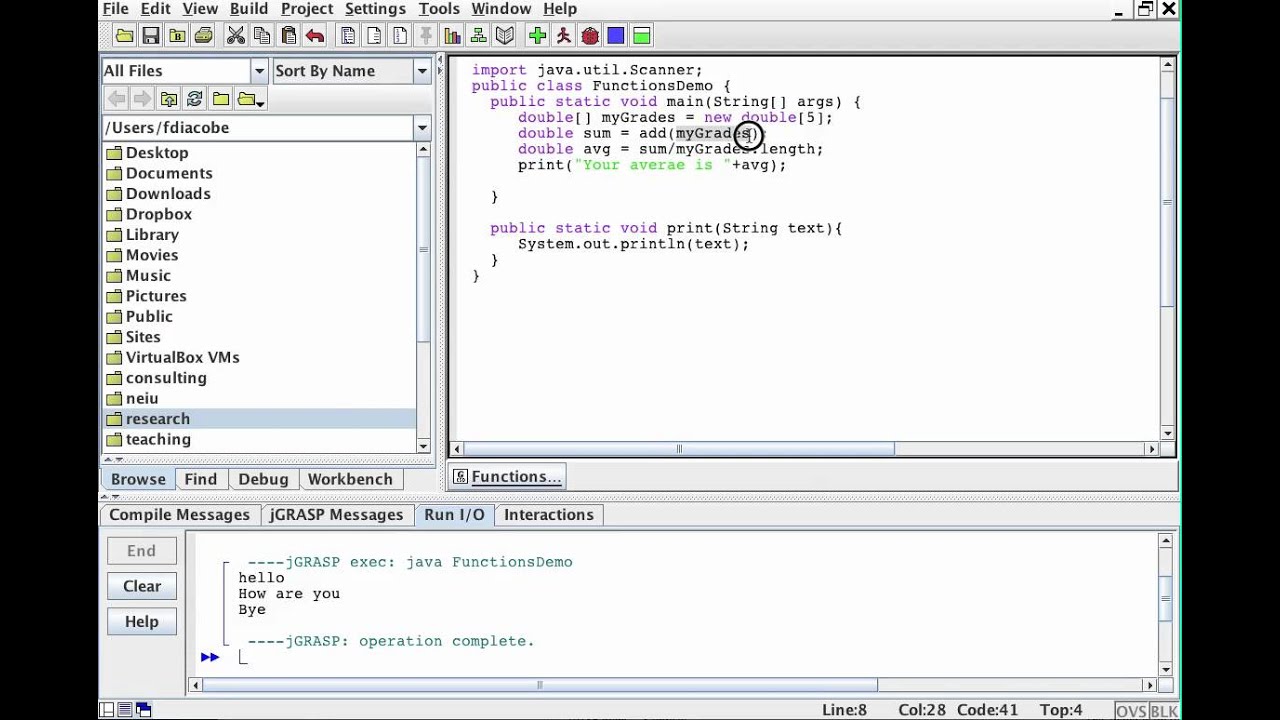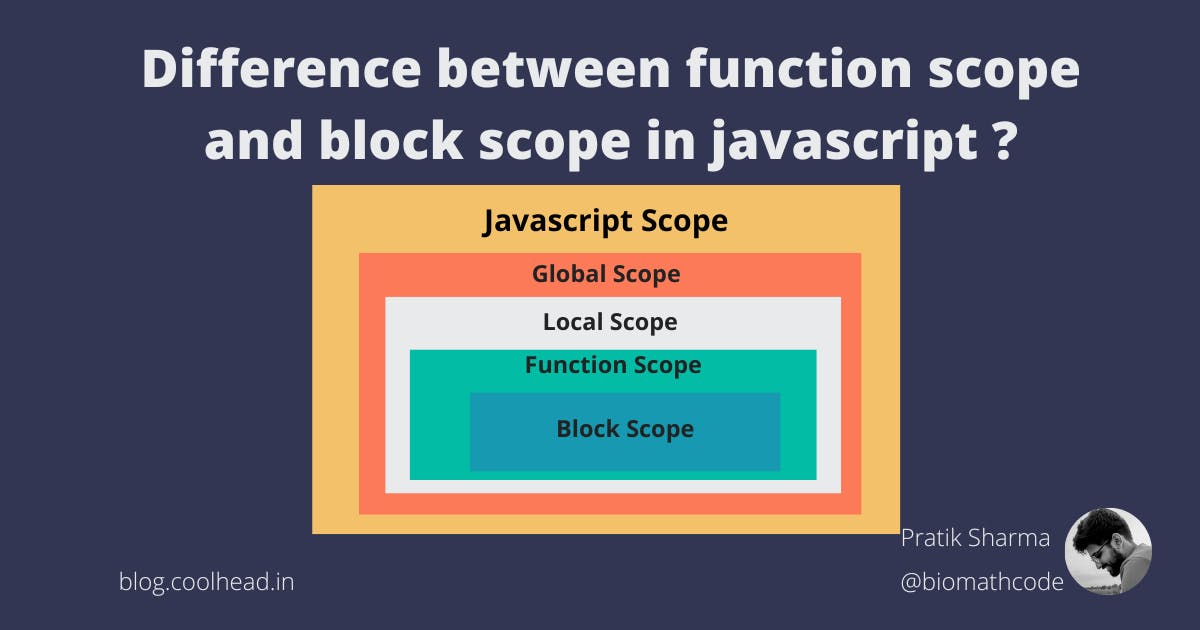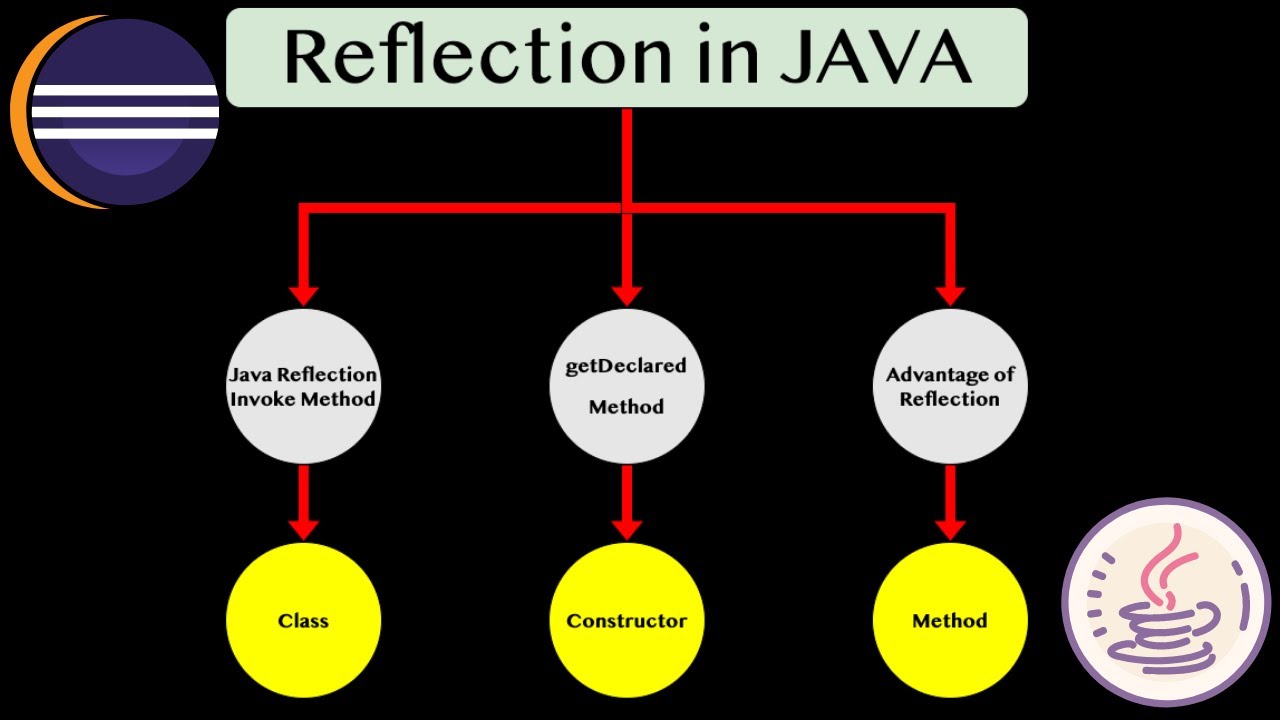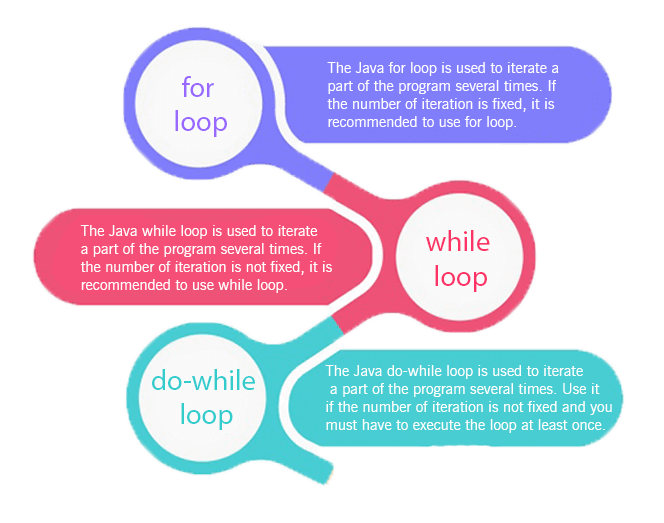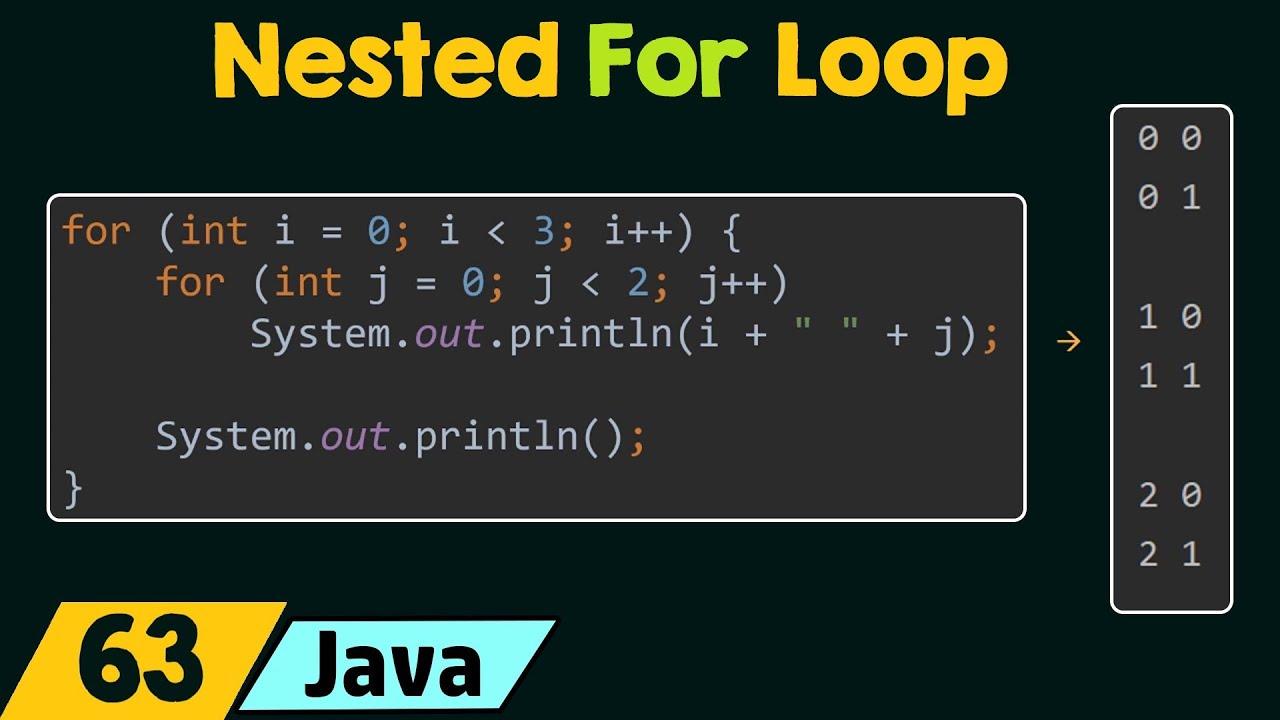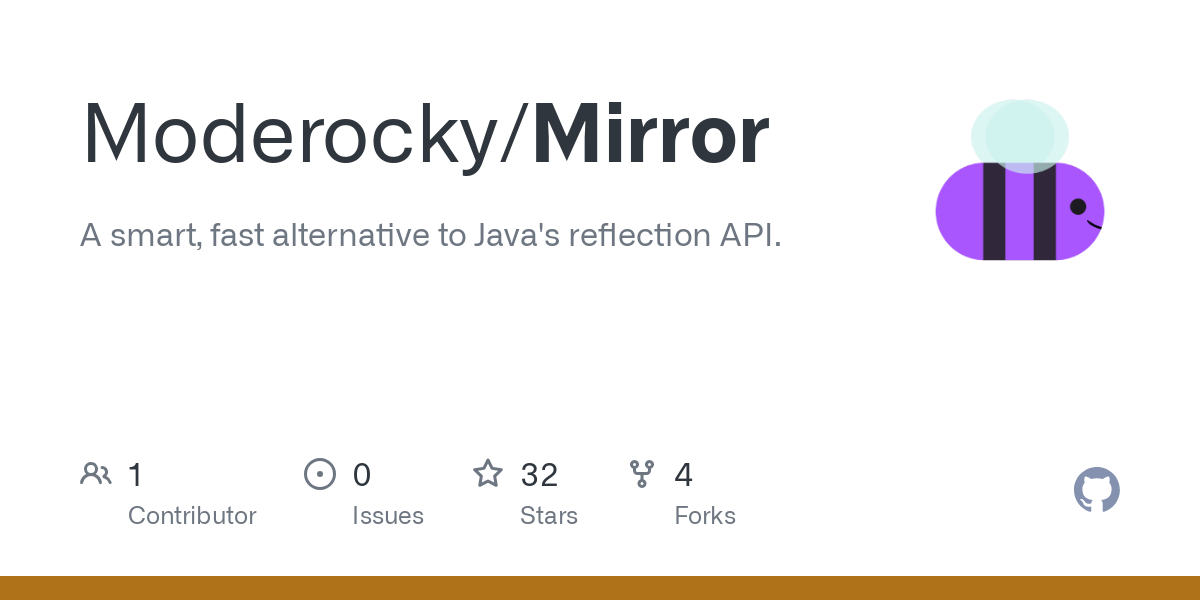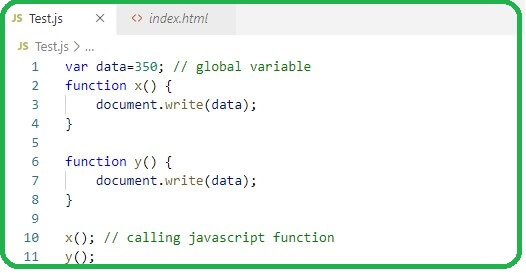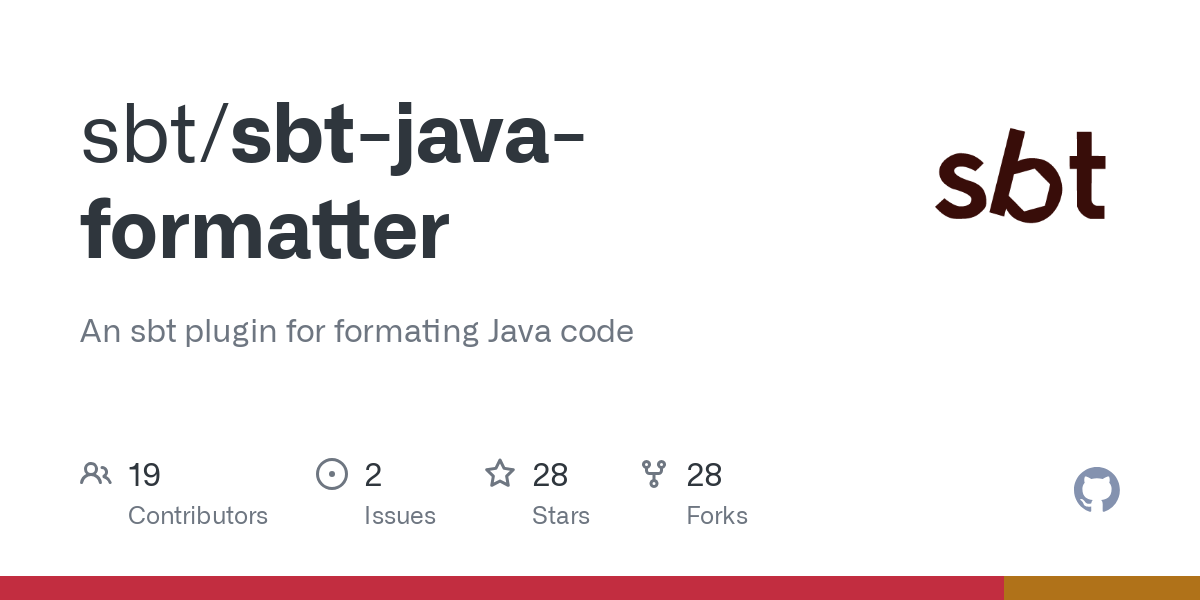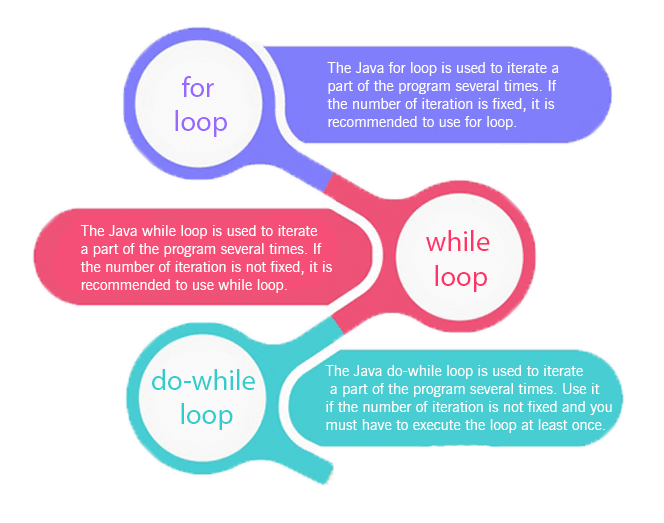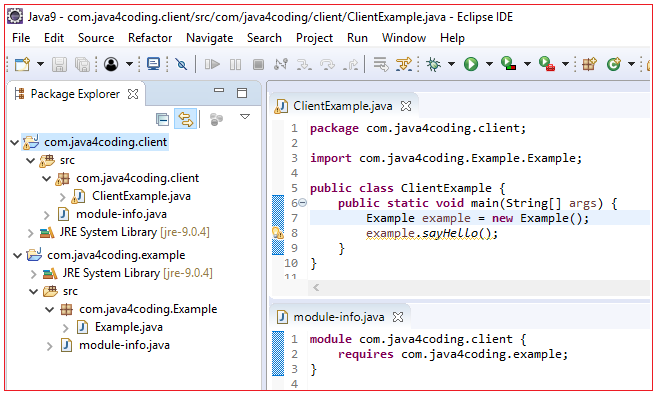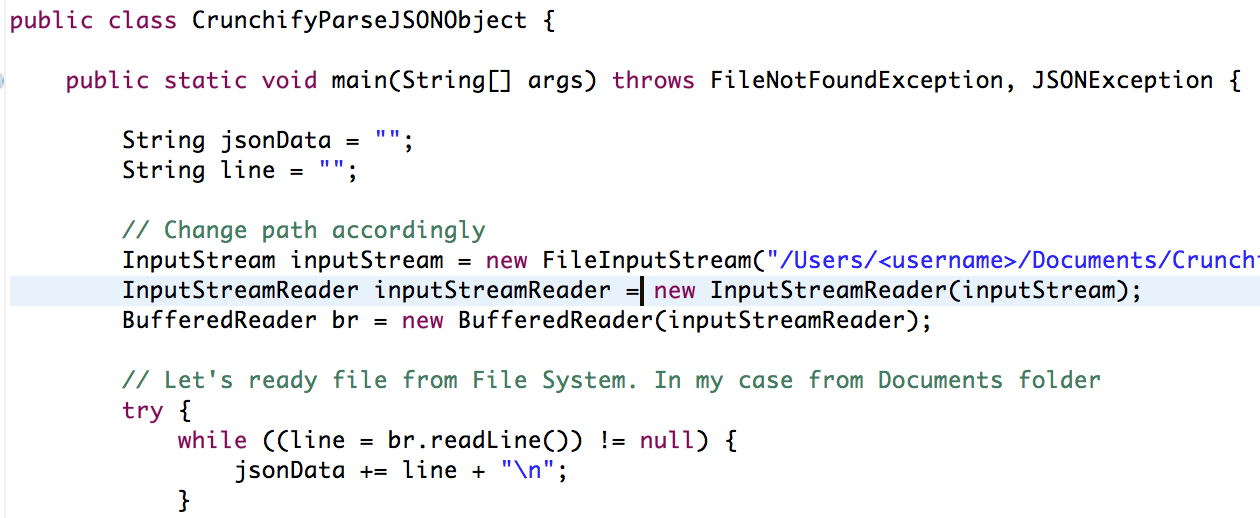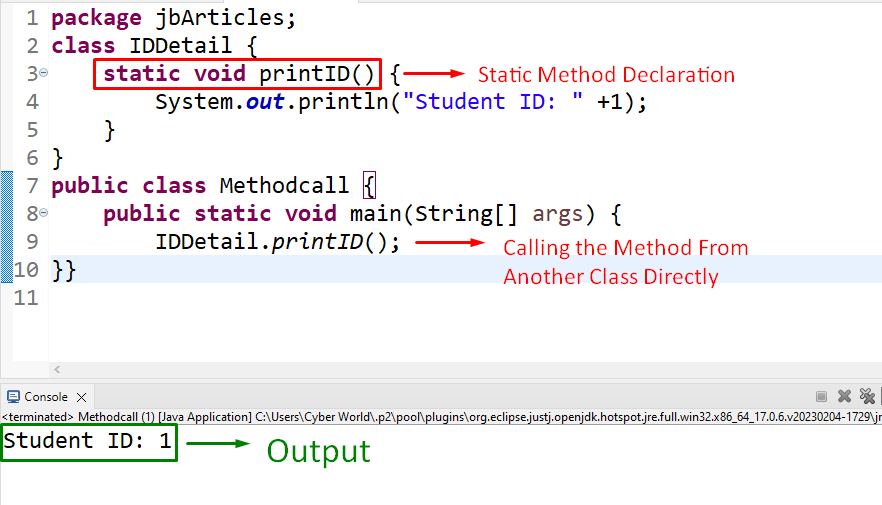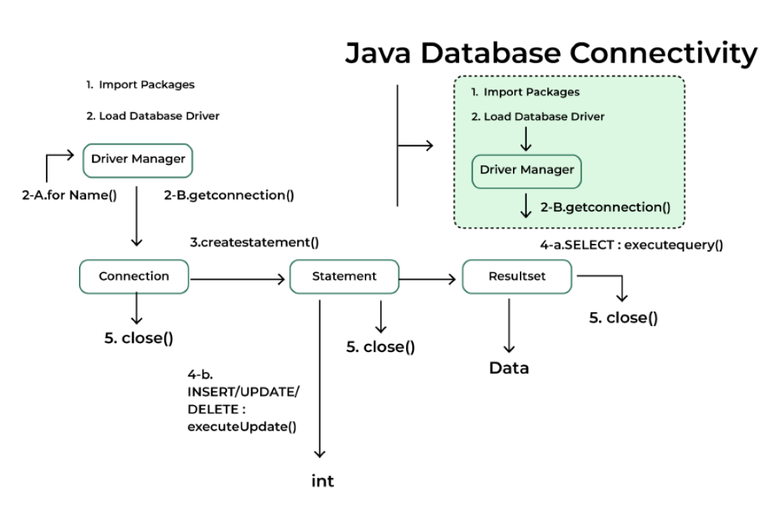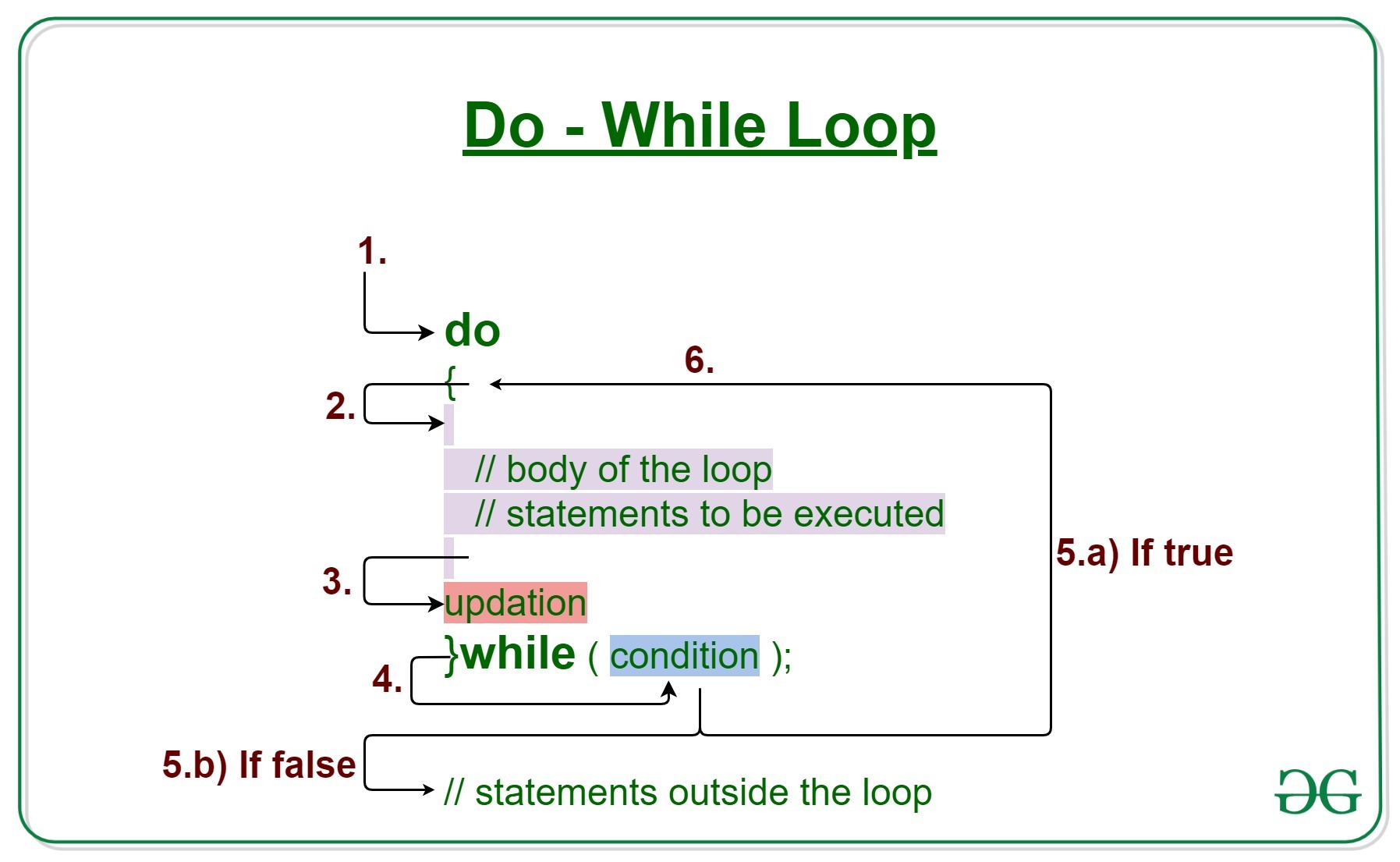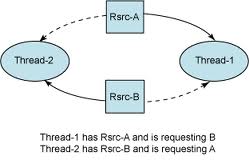Java abstraction tutorial
Java abstraction tutorial
I apologize for the confusion earlier! Here's a comprehensive tutorial on Java abstract classes and methods:
Introduction
Java is an object-oriented programming language that supports abstract classes and methods. Abstract classes and methods provide a way to create a blueprint or template for objects, allowing you to define common attributes and behaviors without creating concrete instances.
What are Abstract Classes?
An abstract class in Java is a class that cannot be instantiated on its own; it's intended to be inherited by other classes. An abstract class can have both abstract and non-abstract methods. Abstract classes can be used as templates for more specific implementations.
To declare an abstract class, you use the abstract keyword followed by the class name:
public abstract class Animal {// ...
}
What are Abstract Methods?
An abstract method is a method that is declared but not implemented in an abstract class. The purpose of an abstract method is to provide a template for subclasses to implement.
To declare an abstract method, you use the abstract keyword followed by the return type and method name:
public abstract class Animal {public abstract void sound();
}
When to Use Abstract Classes and Methods?
Use abstract classes and methods when:
Define a common base class: Use an abstract class to define a common base class that multiple subclasses can inherit from. Provide a template for implementation: Use an abstract method as a template for subclasses to implement. Force implementation in subclasses: Use abstract methods to force subclasses to provide their own implementation.Example: Animal Hierarchy
Let's create an example hierarchy of animals using abstract classes and methods:
public abstract class Animal {public abstract void sound();
}
public class Dog extends Animal {
@Override
public void sound() {
System.out.println("Woof!");
}
}
public class Cat extends Animal {
@Override
public void sound() {
System.out.println("Meow!");
}
}
Key Takeaways
Abstract classes and methods provide a way to define common attributes and behaviors without creating concrete instances. Abstract classes can have both abstract and non-abstract methods. Abstract methods must be implemented by subclasses that inherit from an abstract class. Use abstract classes and methods to define a common base class, provide a template for implementation, or force implementation in subclasses.By understanding how to use abstract classes and methods in Java, you can create more flexible and reusable code that is easy to maintain and extend.
What is an abstraction in Java?
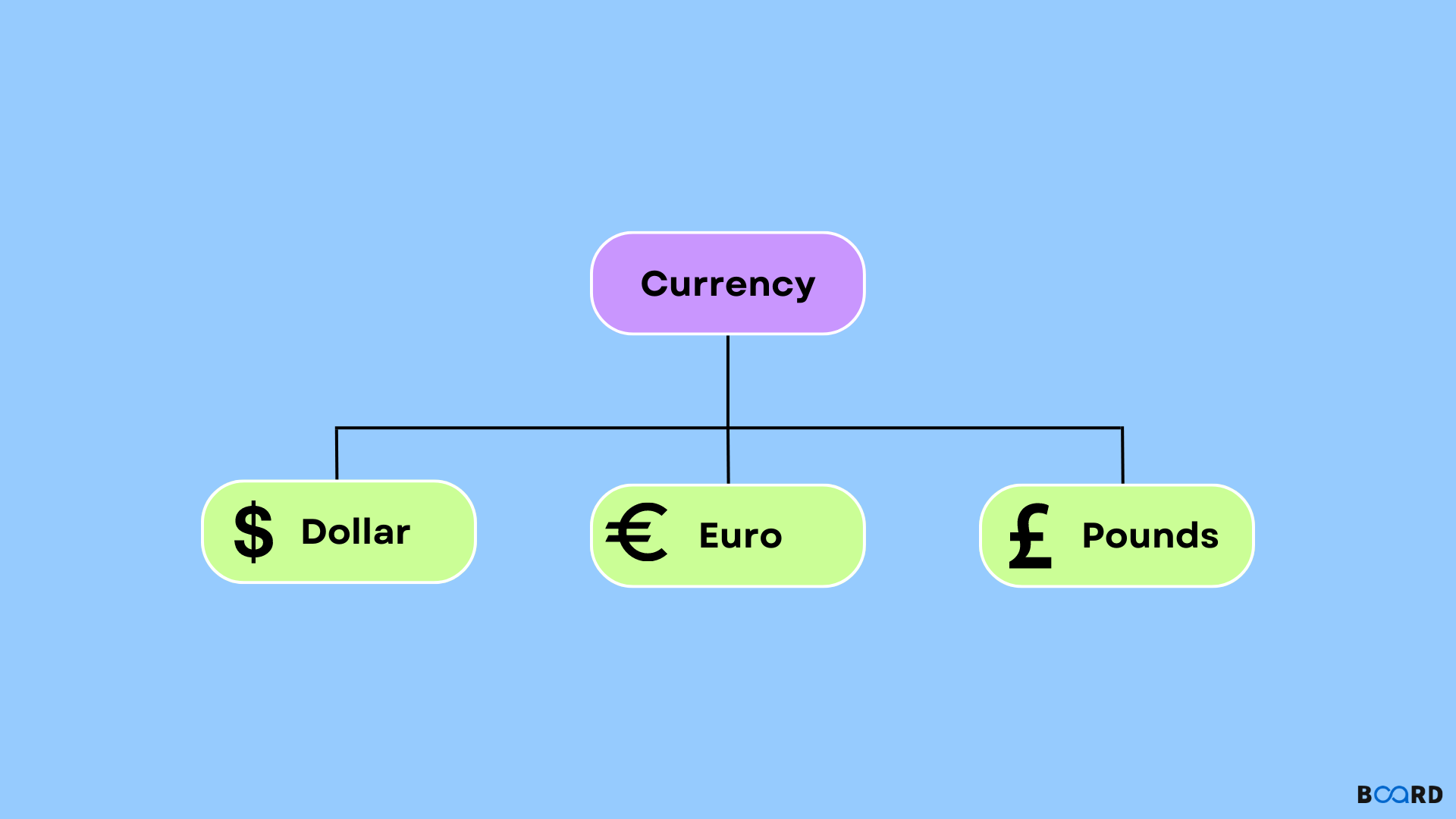
In the world of programming, abstractions are a fundamental concept that allows developers to create reusable and maintainable code. In Java, an abstraction refers to a high-level representation or a simplified view of complex data structures, objects, or systems.
Abstraction is about hiding the implementation details from the outside world and presenting only the essential features or interface to users. This concept helps to reduce complexity by focusing on what's important (the interface) rather than how it's implemented (the internal workings).
In Java, abstraction is achieved through the use of interfaces, abstract classes, and encapsulation. Interfaces define a contract that must be implemented by any class that implements them. Abstract classes provide a blueprint for subclasses to follow, while encapsulating data and behavior within an object helps to hide its internal state from the outside world.
Abstraction can take various forms in Java programming:
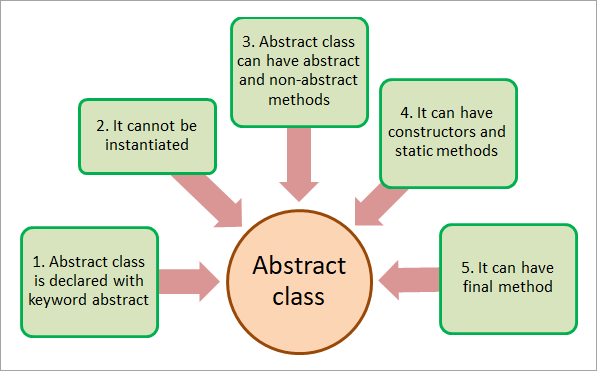
Benefits of abstraction in Java include:
Reusability: Abstracting complex code into reusable components makes it easier to apply that same logic in different contexts. Modularity: By separating concerns and hiding implementation details, abstraction enables developers to modify individual components independently without affecting the overall system. Simplify Complexity: Abstraction helps to reduce complexity by presenting a simplified view of complex systems or data structures. Improved Code Readability: Well-designed abstractions make code easier to understand, maintain, and extend.To illustrate this concept, consider a simple example. Imagine you're building an e-commerce application with various payment gateways (e.g., PayPal, Credit Card, etc.). You could create an interface PaymentGateway that defines the methods for processing payments. Then, each gateway class (PayPal, Credit Card, etc.) would implement this interface, providing its own specific implementation of payment processing.
In this scenario:
ThePaymentGateway interface provides a high-level abstraction of the common requirements and behaviors for payment gateways. Each gateway class implements the PaymentGateway interface, hiding its internal details (e.g., how PayPal processes payments). Users only need to interact with the abstracted interface (PaymentGateway) rather than the specific implementations.
By using abstraction in Java, you can create more maintainable, flexible, and scalable software systems that are easier to extend and modify over time.
